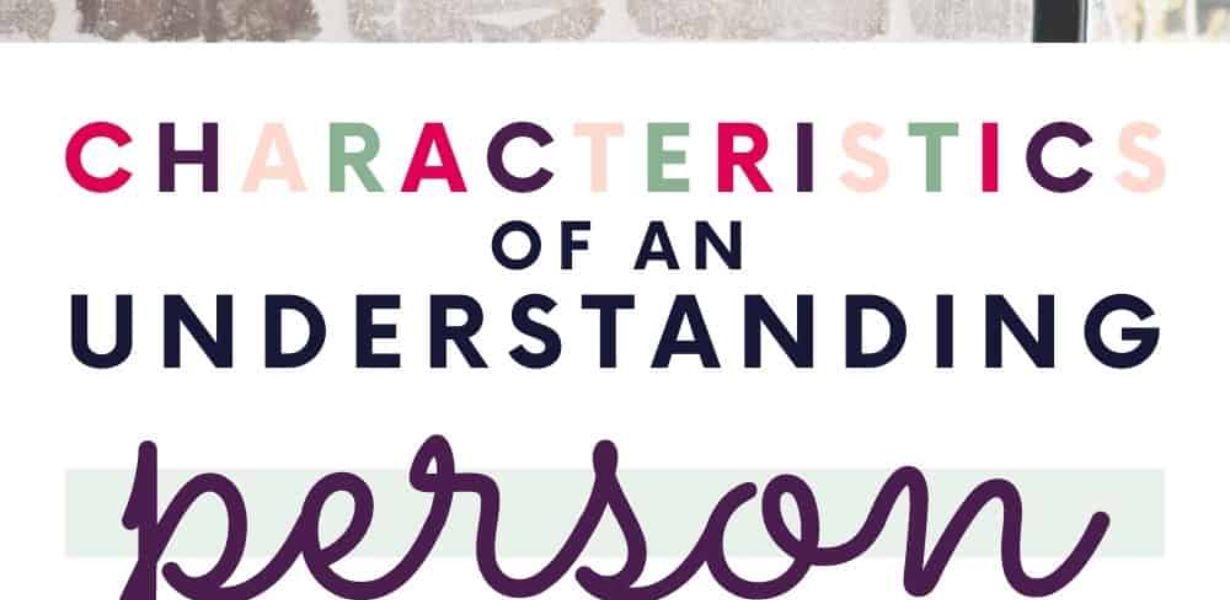
Demystifying Neural Networks: A Step-by-Step Journey into Deep Learning
- Post
- August 9, 2023
- Ad Serving Tech, Dynamic Creative Optimization, Understanding
- 0 Comments
Neural networks, often likened to the human brain’s interconnected neurons, lie at the core of deep learning. These complex systems mimic human cognitive processes, allowing machines to learn from data and perform tasks that were once deemed impossible. As the digital realm continues to evolve, understanding neural networks becomes paramount.
The Fundamentals: Building Blocks of Neural Networks
At its essence, a neural network comprises layers: input, hidden, and output. These layers work cohesively to process and interpret data. The input layer receives data, the hidden layers extract patterns, and the output layer produces results. Neurons within layers communicate through weighted connections, simulating synapses in the human brain.
Unearthing Activation Functions: Igniting Neural Activity
Activation functions, like nonlinear equations, introduce complexity to neural networks. They determine whether a neuron should activate or not based on the input. Sigmoid, ReLU, and TanH are common activation functions, each with unique properties that impact learning speed and accuracy.
Feedforward Propagation: Illuminating the Path
Feedforward propagation is the backbone of neural network computation. Data travels from the input layer through hidden layers to the output layer, undergoing transformations at each step. The power of neural networks lies in their ability to adapt weights and biases during training to minimize errors and enhance predictive capabilities.
Grasping Backpropagation: Fine-Tuning Through Error Minimization
Backpropagation, a crucial mechanism, refines neural network performance. It calculates the gradient of the loss function and adjusts weights and biases in reverse order to minimize prediction errors. This iterative process refines the network’s ability to make accurate predictions.
The Art of Training: Enhancing Neural Network Proficiency
Training a neural network involves feeding it labeled data and enabling it to learn patterns. This involves splitting data into training, validation, and testing sets. The network adjusts its parameters based on the training set, while the validation set helps prevent overfitting. Testing evaluates the model’s real-world performance.
Delving into Regularization Techniques: Preventing Overfitting
Overfitting occurs when a neural network becomes too tailored to the training data and performs poorly on new data. Regularization techniques like Dropout and L2 Regularization address this issue by introducing controlled randomness or constraining weight values.
Convolutional Neural Networks (CNNs): Visual Data Mastery
Convolutional Neural Networks specialize in processing grid-like data, such as images and videos. Their architecture incorporates convolutional layers, pooling layers, and fully connected layers. CNNs have transformed image recognition, enabling applications like facial recognition and self-driving cars.
Recurrent Neural Networks (RNNs): Decoding Sequential Data
Recurrent Neural Networks shine in tasks involving sequential data, like language translation and text generation. These networks possess memory, allowing them to retain information from previous steps and make informed decisions based on context.
The Emergence of Transformers: Revolutionizing Language Processing
Transformers have redefined natural language processing. Unlike RNNs, they process words in parallel, making them incredibly efficient for tasks like translation and sentiment analysis. The Attention Mechanism allows Transformers to focus on relevant parts of input data, mimicking human attention.
Final Words
Navigating the labyrinth of neural networks might seem daunting, but as you delve deeper, the complex becomes comprehensible. This journey into the world of deep learning has merely scratched the surface. The potential of neural networks to reshape industries and elevate AI capabilities is boundless.
Commonly Asked Questions
Q1: What’s the significance of the “hidden layers” in a neural network?
A1: Hidden layers are the engine of a neural network. They extract features and patterns from the input data, enabling the network to make meaningful predictions. More hidden layers often lead to better feature extraction and predictive power.
Q2: How do neural networks learn from data?
A2: Neural networks learn through a process called training. They analyze labeled data, adjusting their internal parameters to minimize prediction errors. This process continues iteratively until the network’s predictions align closely with the actual outcomes.
Q3: Can neural networks handle unstructured data like images?
A3: Absolutely. Convolutional Neural Networks (CNNs) are designed to process unstructured data like images. Their architecture exploits spatial relationships and patterns in the data, making them highly effective in tasks such as image classification and object detection.
Q4: What sets Transformers apart from traditional RNNs?
A4: Transformers process words in parallel, making them highly efficient for language-related tasks. Unlike RNNs, Transformers can consider the entire context of a sentence simultaneously, leading to better contextual understanding and improved performance.
Q5: Are neural networks susceptible to overfitting?
A5: Yes, neural networks can be prone to overfitting, especially when trained on limited data. Regularization techniques, such as Dropout and L2 Regularization, help prevent overfitting by introducing controlled randomness or constraining weight values.




